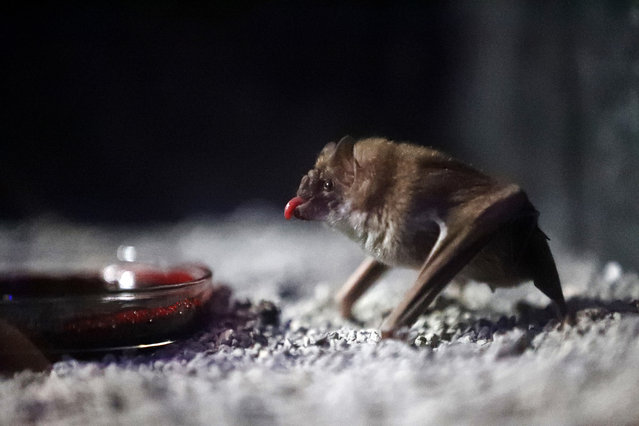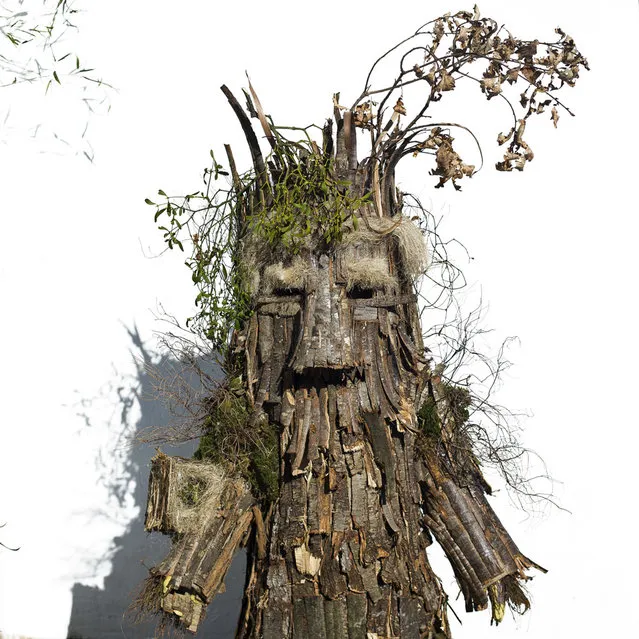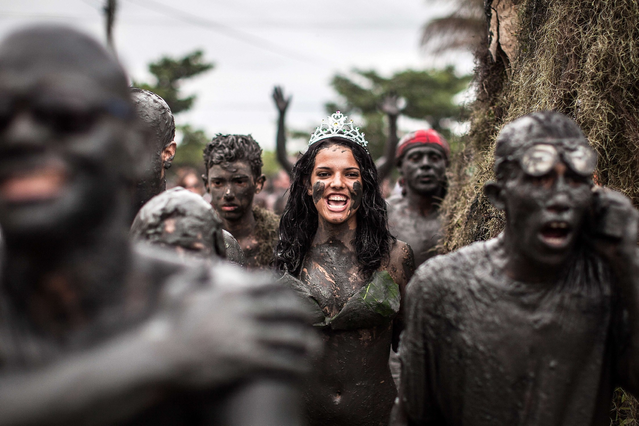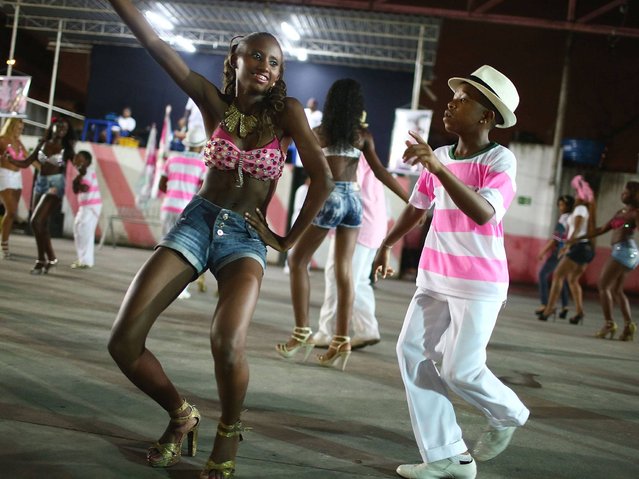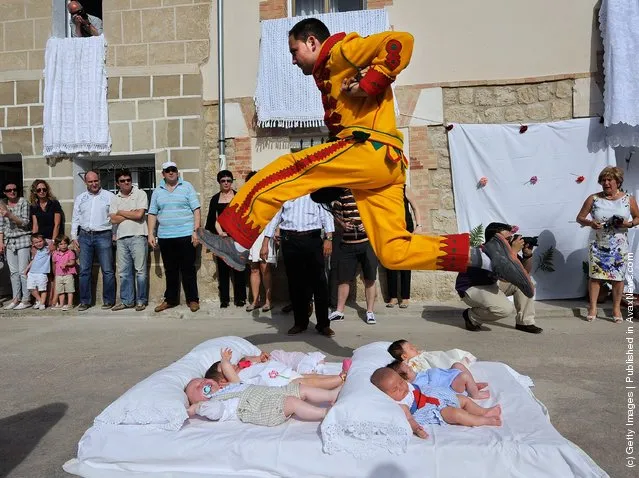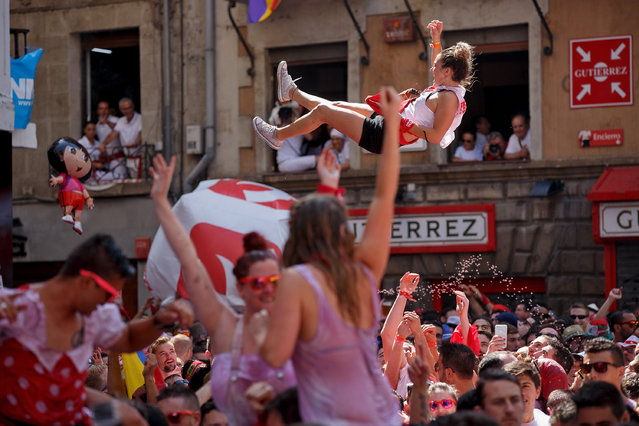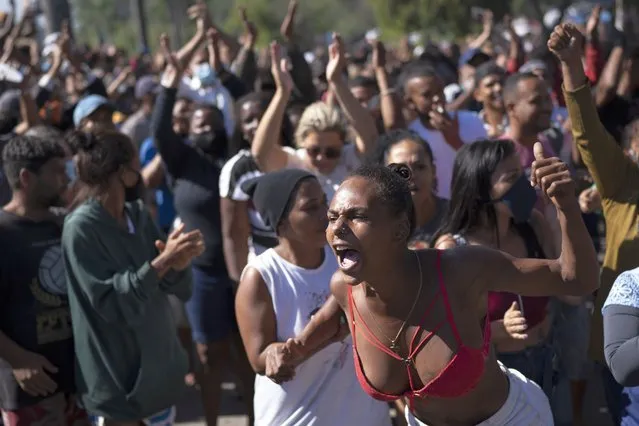
People protest getting evicted from land designated for a Petrobras refinery, at a settlement coined the “First of May Refugee Camp”, referring to the date people moved here and set up tents and shacks to live in during the new coronavirus pandemic in Itaguai, Rio de Janeiro state, Brazil, Thursday, July 1, 2021. (Photo by Silvia Izquierdo/AP Photo)
02 Jul 2021 10:11:00,post received
0 comments

